Green & Groovy: St. Patrick's Day
St. Patrick's Day is marked by various festivities, including parades, wearing green attire, and the symbolic use of shamrocks.
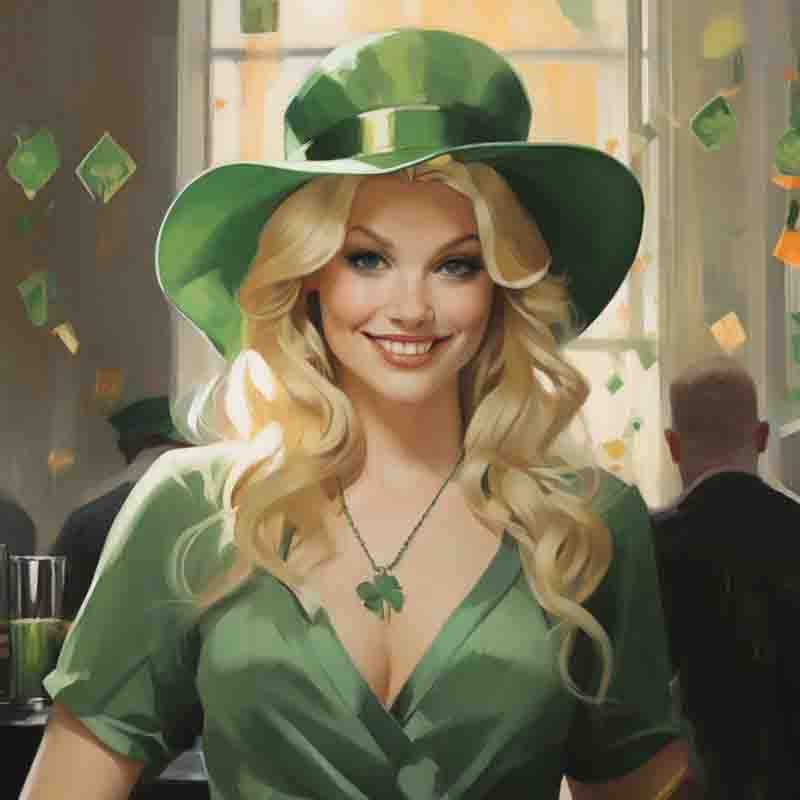
On St. Patrick's Day, a sea of green washes over the world. But why this particular color? It's not just about the lush green landscape of Ireland, nicknamed the "Emerald Isle". The deeper connection stems from a blend of history, symbolism, and national Irish identity.
This vibrant occasion is dedicated to St. Patrick, the patron saint of Ireland, renowned for his missionary work in the 5th century.
Over the years, this commemoration has evolved beyond its origins to become a worldwide celebration, combining traditional Irish customs and modern festivities in perfect unity.
Over the years, it has grown beyond its origins to become a worldwide event, combining traditional Irish customs and modern festivities in perfect unity.
St. Patrick's Day is characterized by a multitude of lively events, including spirited parades that wind through streets adorned in various shades of green—a color synonymous with the celebration.
People from different backgrounds wear vibrant green as a symbol of connection and appreciation of the Irish people.
Shamrocks, with their three leaves representing the Holy Trinity, and other pagan symbolism from Celtic mythology add an emblematic touch to the festivities, embodying the fusion of sacred heritage and cultural delights.
On St Patrick's Day, Irish pubs are crowded with people enjoying their pints of Guinness, a drink that has become synonymous with Irish festivities as it pays tribute to the heritage it embodies.
Paddy's day has is more than just a day to wear green and get decked; it has become an invitation to display legendary Irish jewellery and embrace the glory of Celtic art.
With people from many different backgrounds taking part in the celebrations to honour Irish heritage, St Patrick's Day has become a global celebration of Irish culture.
St Patrick's Day is more than just a date in the calendar; it is an occasion that unites people on every continent in the joy of celebrating Irish traditions and forging bonds that celebrate the distinct spirit of the Emerald Isle.
The celebration of St Patrick's Day is an opportunity to celebrate the eternal heritage of Irish and Celtic culture.
St. Patrick's Day Timeline
St. Patrick's Day, celebrated annually on March 17th, commemorates the life of St. Patrick, the patron saint of Ireland.
Today, the Irish holiday is marked by parades, festivals, and cultural events in major cities worldwide.
| Year | Milestone |
|---|---|
| 387 | St. Patrick is believed to be born in Britain. |
| 432 | St. Patrick is said to return to Ireland as a missionary. |
| 17th Century | St. Patrick's Day becomes a feast day in the Catholic Church. |
| 18th Century | The first St. Patrick's Day parades emerge in Ireland. |
| 1762 | The first recorded St. Patrick's Day parade takes place in New York City by Irish soldiers serving in the British army. |
| 1798 | Rebellion in Ireland adds political significance to St. Patrick's Day. |
| 1903 | St. Patrick's Day becomes an official public holiday in Ireland. |
| 1931 | The first St. Patrick's Day parade is held in Dublin. |
| 1962 | Chicago dyes its river green for the first time on St. Patrick's Day. |
| 1995 | The Irish government begins a campaign to showcase St. Patrick's Day as a global celebration of Irish culture. |
| 21st Century | St. Patrick's Day celebrations expand globally, with parades, festivals, and cultural events held in major cities around the world. |
| Present | St. Patrick's Day remains a widely celebrated cultural and religious holiday, known for its festive atmosphere and the wearin' o' the green. |
This timeline highlights key events in the history of St. Patrick's Day, from its origins in the 4th century to its global celebration in the present day.
St. Patrick's Day: Fiddling with Tradition
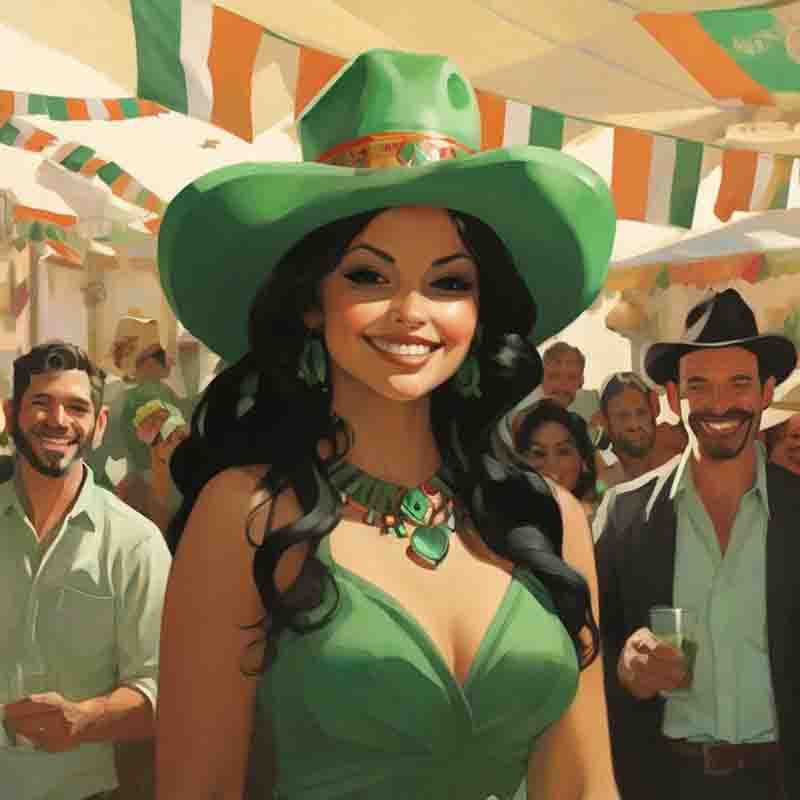
Embrace the tradition of donning green attire on St. Patrick's Day, symbolizing luck, renewal, and a nod to Ireland's lush landscapes.
Celtic Harmony: St. Patrick's Day
To understand the true nature of St Patrick's Day, one must undertake a quest through the life of St Patrick himself.
Born in the late 4th century, St. Patrick faced a transformative journey, from being captured and taken to Ireland as a slave to embracing Christianity.
The narrative unfolds as St. Patrick's missionary work becomes pivotal in the Christianization of Ireland, laying the foundation for the celebration that would bear his name.
St. Patrick's Day as a Religious Holiday
St. Patrick's Day is deeply rooted in religious history, honoring St. Patrick as the patron saint of Ireland.
The fusion of religious reverence and cultural celebration is a unique aspect of St. Patrick's Day, reflecting the seamless integration of faith and festivity.
Transition to a Cultural Celebration
Over centuries, St. Patrick's Day has undergone a remarkable transformation.
What once began as a religious observance has evolved into a global cultural celebration.
he narrative will highlight the evolving traditions and discuss how St. Patrick's Day has adapted beyond its religious origins to become a vibrant expression of Irish culture across the world.
Unique St. Patrick's Day Traditions and Customs
Wearing green, adorning shamrocks, and partaking in lively parades—St. Patrick's Day is adorned with unique traditions and customs.
This section will explore the symbolism behind wearing green, the connection between shamrocks and St. Patrick, and how parades have become a global showcase of Irish culture.
Additionally, traditional Irish food holds a special place in St. Patrick's Day celebrations, adding a flavorful touch to the festivities.
St. Patrick's Day Parades Across the Globe
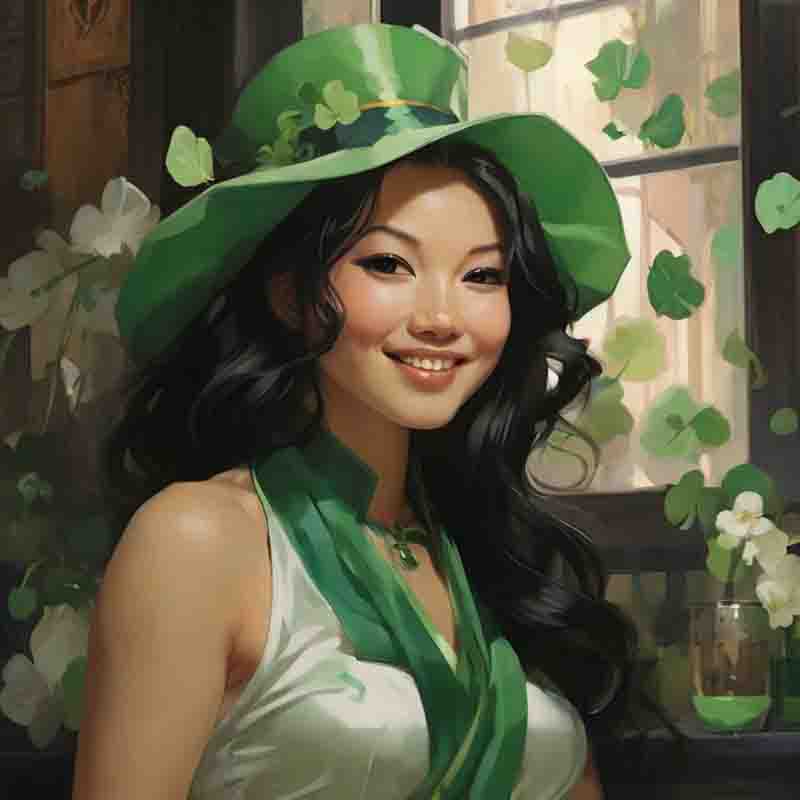
Beyond the festivities, St. Patrick's Day is a day of pride for the Irish and those with Irish ancestry.
St. Patrick's Day parades have become iconic celebrations, each with its own distinct flair.
From Dublin's St. Patrick's Festival to New York City's legendary parade and Chicago's unconventional river dyeing tradition, this section will take readers on a global tour of the most captivating St. Patrick's Day celebrations.
The narrative will capture the essence of each event and highlight their unique contributions to the cultural mosaic of St. Patrick's Day.
St. Patrick's Day: More Than a Celebration
St. Patrick's Day extends beyond the joyous festivities; it serves as an opportunity for educational initiatives, delving into Irish history and culture.
This section will explore how St. Patrick's Day acts as a cultural learning experience, contributing to a deeper understanding of Ireland's heritage.
The role of folklore and storytelling will be emphasized, showcasing how these elements enrich the celebration.
The Intersection of Irish History and St. Patrick's Day
An exploration of St. Patrick's Day is incomplete without understanding its intersection with Irish history.
This section will examine historical celebrations in Ireland, considering the impact of political and social changes on the observance of St. Patrick's Day.
It also examines how the holiday helps to shape Irish identity and connects history with the living present.
Music and Dance: A Vital Element of St. Patrick's Day
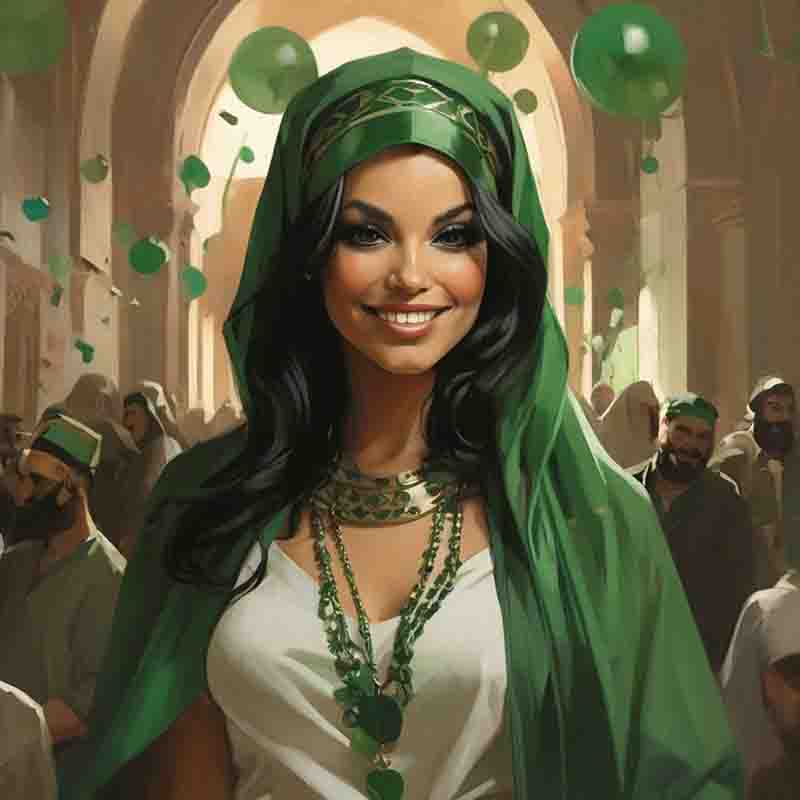
From fiddles and bodhráns to the melodic sounds of Irish bagpipes, the musical echoes of St Patrick's Day captivate audiences and inspire a sense of affinity with Ireland's rich musical heritage.
Traditional Irish music and dance play a central role in St. Patrick's Day celebrations.
From lively jigs and reels to soulful ballads, this section will highlight the significance of these art forms.
Ceili dancing, a communal celebration of Irish dance, will be explored alongside the global influence of Irish musical traditions, showcasing how these elements add a rhythmic and melodic dimension to the festivities.
St. Patrick's Day in Contemporary Ireland
As the celebration of St. Patrick's Day continues to evolve, this section will shed light on modern celebrations and events in Ireland.
From cultural festivals to arts exhibitions, readers will gain insight into how St. Patrick's Day remains a dynamic and relevant expression of Irish culture.
The narrative will capture the ongoing evolution of the holiday within the contemporary Irish landscape.
Harmony in Green: St. Patrick's Day Celebrations Around the World
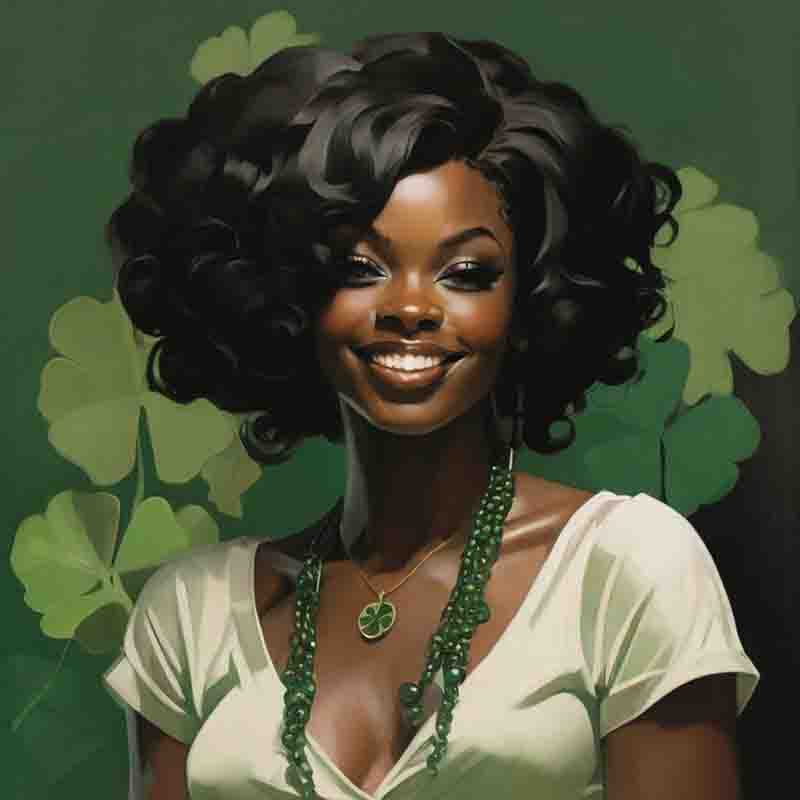
The global nature of St. Patrick's Day creates a sense of shared revelry, as people from different corners of the world join in the festivities.
In 1903, St. Patrick's Day was declared an official public holiday in Ireland, reflecting its deep cultural and historical roots.
The celebration continued to evolve, with Chicago introducing the tradition of dyeing the Chicago River green in 1962.
As the 20th century progressed, the Irish government actively promoted St. Patrick's Day as a global celebration of Irish culture.
-
St. Patrick: St. Patrick is widely celebrated as the patron saint of Ireland, credited with bringing Christianity to the island. His life and legacy form the basis for the annual commemoration.
-
March 17th: The date of St. Patrick's Day, March 17th, is significant as it is believed to be the day of St. Patrick's death. This date has been chosen for the annual celebration in his honor.
-
Irish celebration: St. Patrick's Day has evolved into a global celebration of Irish culture, marked by various festivities and customs that showcase the rich heritage of Ireland.
-
Patron saint: St. Patrick is recognized as the patron saint of Ireland, revered for his missionary work and contributions to the spread of Christianity on the island.
-
Cultural festivities: The day is not only a religious celebration but also a vibrant display of Irish culture, featuring music, dance, and traditional customs that contribute to a festive atmosphere.
-
Religious commemoration: St. Patrick's Day has roots in the religious commemoration of St. Patrick's life and accomplishments, with many events and ceremonies reflecting this aspect.
-
Shamrocks: Shamrocks, with their three leaves representing the Holy Trinity, are symbolic elements extensively used during St. Patrick's Day celebrations, adding a distinctive touch to the festivities.
-
Green attire: Wearing green attire is a popular tradition on St. Patrick's Day, symbolizing the lush landscapes of Ireland and fostering a sense of unity among celebrants.
-
Parades: Festive parades are a hallmark of St. Patrick's Day celebrations, featuring elaborate displays, music, and the iconic use of green in decorations and costumes.
-
Unity: St. Patrick's Day serves as a unifying force, bringing together people from diverse backgrounds to celebrate a common cultural and religious heritage.
-
Festive atmosphere: St. Patrick's Day is characterized by a joyous and festive atmosphere, where people come together to celebrate and enjoy the cultural richness of Ireland.
-
Holy Trinity: The symbolic use of shamrocks, representing the Holy Trinity, adds a religious dimension to the celebrations, connecting the day to St. Patrick's Christian teachings.
-
Worldwide revelry: The global nature of St. Patrick's Day creates a sense of shared revelry, as people from different corners of the world join in the festivities.
-
Enduring legacy: St. Patrick's Day, with its rich history and cultural impact, leaves an enduring legacy that continues to be celebrated and appreciated by diverse communities globally.
From the origins of St Patrick's Day to today's international celebrations, each aspect contributes to an overall flavour that appeals to enthusiasts all over the world.
Green Galore: St. Patrick's Day's
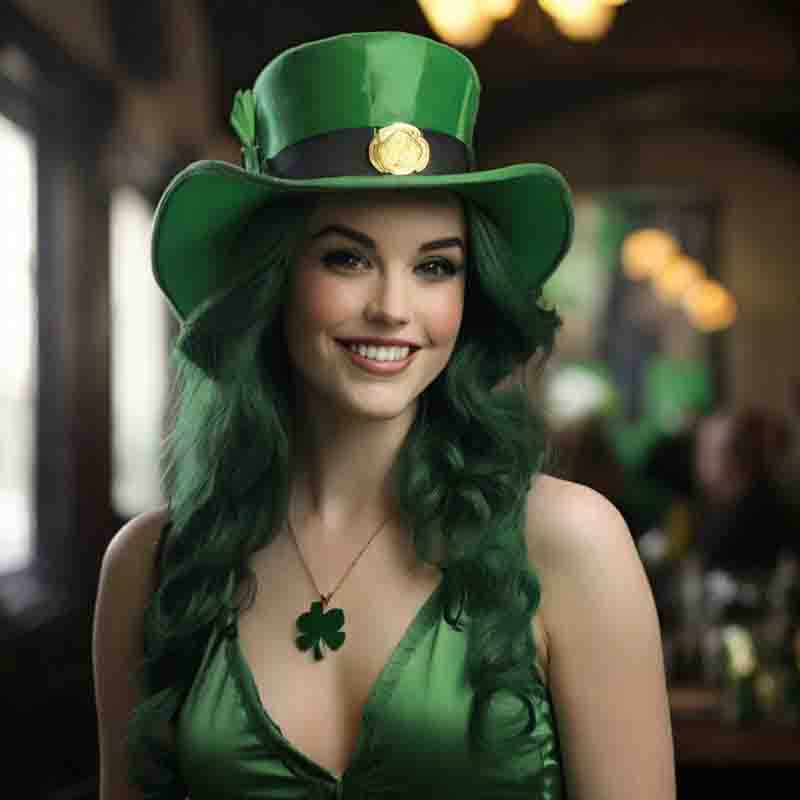
Dive into the world of St. Patrick's Day costumes. From classic leprechaun attire complete with a pot of gold to a whimsical fairy outfit, the possibilities are endless.
From Dublin to New York, Sydney to Tokyo, cities around the world embrace the Irish spirit with exuberant parades, concerts, and cultural events.
The global reach of St. Patrick's Day speaks volumes about the universal appeal of Irish culture.
The color green becomes a unifying thread during St. Patrick's Day celebrations. Streets, buildings, and people adorn various shades of green, creating a visual spectacle that symbolizes the lush landscapes of Ireland.
The collective embrace of this color signifies a global nod to the Irish identity.
St. Patrick's Day: FAQ
Are you curious about music, art, technology, fashion, lifestyle, and beer?
If so, then you need to subscribe to the free Likewolf newsletter.
100% privacy. When you sign up, we'll keep you posted.
Cycle of Life
Connecting With Ancient Rhythms
